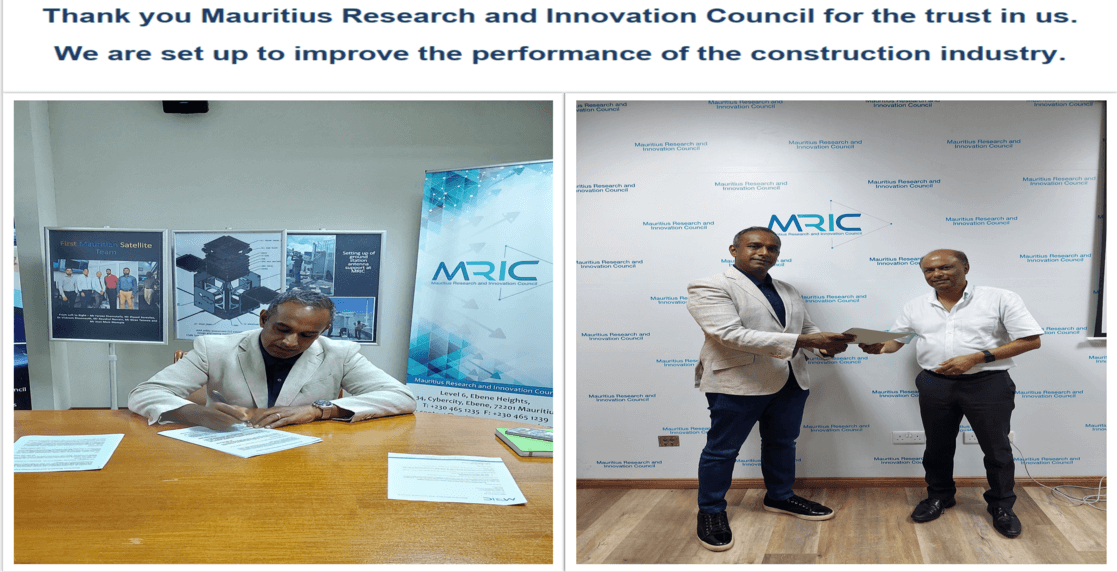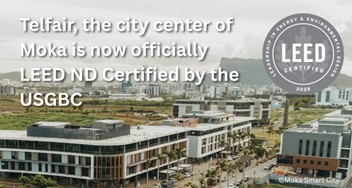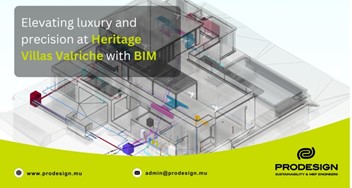Decisions taken on a 3D model are often iterated and tested before the building is built. With further advancement in digital technology, we foresee digital twins gaining traction in the construction industry for the improved design, construction and operation of buildings.
But what is a digital twin, and why should this be of interest to professionals? Let’s take a more detailed look…
A digital twin is not something new. It has been used in aviation and manufacturing since the 1970s. However, with the new possibilities that digital technology and software offer, the concept has taken on a whole new dimension and it is now possible to use it in other complex industries like construction.
Definitions of digital twins abound and, very much like BIM, consensus is yet to be reached on how best to explain and illustrate this concept universally. Understandably, as it is new, much of the work being done on construction digital twins is still at an experimental stage and information is still proprietary.
As the name implies, however, one concept that everyone agrees on is that it is a digital replica of an existing building or of something that exists in the physical world. While I do not fully agree with that, as a digital twin can also start to exist in a virtual space, I have to acknowledge that it is the simplest and most useful explanation that exists today. As mentioned earlier, an as-built BIM, for example, could be used to form a digital twin of a completed smart facility.
The key concept of a digital twin is that both the virtual and physical model should be interconnected. Put more simply, these two must be talking to each other and that interaction is perhaps mutualistic in many cases. A tremendous amount of work is being done to create this live relationship by using sensors and particularly the Internet of Things (IoT).
Why are digital twins used?
Creating a digital twin requires careful consideration, so it is important to be clear about the benefits. Digital twins have the ability to alter processes. It is not about replacing people; rather it is about helping them to perform activities more quickly and efficiently.
An early or holistic adoption of a digital twin can bring significant benefits to a project, starting with the design stage. For example, it can deliver a constantly updated source of information to entire teams and engineers can move from steady-state design simulation models to dynamic simulation, enabling them to better design plant and equipment by connecting them to real-time data fed from sensors to the digital model. A bidirectional data-flow exists between the digital twin and its physical counterpart, with data points used to give real-time analysis on system performance. In some cases, the 3D digital model may have built-in simulation software that can use this real-time data to better evaluate and simulate system performance.
When a project is completed and functioning, the digital twin serves as an as-built model for the owner-operator. These evaluations are then utilised to improve system efficiency and give maintenance advice to avoid potential downtime. Maintenance engineers may reference the digital twin for specifications, which simplifies maintenance and allows them to understand how and why things were designed.
All this requires installation of a myriad of sensors and communication gateways to send live information on the elements hosted on the digital model….and this is where things get a bit complicated.
The challenges involved in creating a digital twin
All the elements within the physical building should be digitally replicated in the model. These elements or assets send real-time data through the sensors connected to them and ensure that the digital model mirrors the reality. This data should not only be stored on the digital model but it must also be analysed, assimilated and used to interact with both models. Some of the challenges foreseen (Autodesk) are:
Technological: The construction industry is infamous for its slow adoption of digital technology. There is a large gap between what many stakeholders can do with technology and what digital twins require. BIM use by designers and contractors in Mauritius is a perfect example, with only a handful amongst hundreds using this tool.
Monetary: Implementing a digital tool costs money, although the return on investment can be considerable. However, the industry tends to consider only initial capital expenditure and not life-cycle costs. Convincing clients is also a major challenge.
Cultural: One the largest obstacles to the adoption of technology is mindset and often overall company culture. With the construction industry in Mauritius tending to remain traditional in its approach, this can be major challenge. Of course, there are some exceptions to the rule…
Data security:Digital twins are mostly data-driven. While we are aware that data is in itself a valuable asset and a very important element in a building project, the management of a data system is often problematic as far as data security and protection are concerned. However, with the emergence of more robust databases and cloud services (e.g., Azure), this challenge is diminishing.
Much R&D is going on to address these challenges. The development of open-source 3D platforms provides an opportunity to decrease end-users’ lack of technological know-how and make the experience more user-friendly. Prodesign’s R&D agenda is centred on the development of a digital twin fully backed with an IoT infrastructure and a robust calculation/simulation engine.
Benefits of a digital twin
Our digital-twin methodology has a user-centred approach to a building’s design and monitoring process, mostly based on evidence and the actual way building functions so that it is truly “smart”. Some of the benefits of digital twins are (Autodesk):
- Risk reduction: Digital twins can help identify, predict, and analyse risk. Risks can be better managed and reduced at all stages of a building’s lifecycle, from design to construction to operation.
- Improvements in project efficiency and quality: By using deep learning, machine learning and AI technology, data collected can be helpful to improve building design, optimise energy performance, reduce resources needed, enhance quality and reduce waste.
- An aid in decision-making: Dynamic simulations can help both designers and operators to make better decisions when changes are needed.
- Lower costs: Digital twins can reduce construction costs, which can help improve a project’s profitability. Some costs can be avoided thanks to better risk mitigation and prediction.
- Enhanced co-ordination: Digital twins can allow project teams to have a greater overall understanding of how systems interact and where there are potential conflicts. This improves project collaboration and co-ordination during construction, potentially providing a range of benefits.
Conclusion
The use of a digital twin is not a new concept as it has been used in manufacturing and aviation for several decades. With the digitalisation of the construction industry gathering momentum, construction digital twins will soon become more widely available. They will represent enormous opportunities to improve the industry and will change the way buildings are designed, built, operated and maintained. Together with BIM, they will change the face of the industry and those involved will need to be ready for this revolution.
We warmly invite you to join the National Construction Digital Twin Programme, which we are developing through the Pole of Innovation grant we have been awarded by the Mauritius Research and Innovation Council. You can contact me, Vikram Bhujun, Programme Lead, or Neelesh Ramseebaluck, R&D Lead, on admin@prodesign.mu if you want to be part of this programme and to use the digital twin concept to improve the way you design, develop, build or operate buildings and infrastructure.
Vikram Bhujun
Neelesh Ramseebaluck
References:
https://www.designingbuildings.co.uk/wiki/Home
https://constructionblog.autodesk.com/digital-twin/





